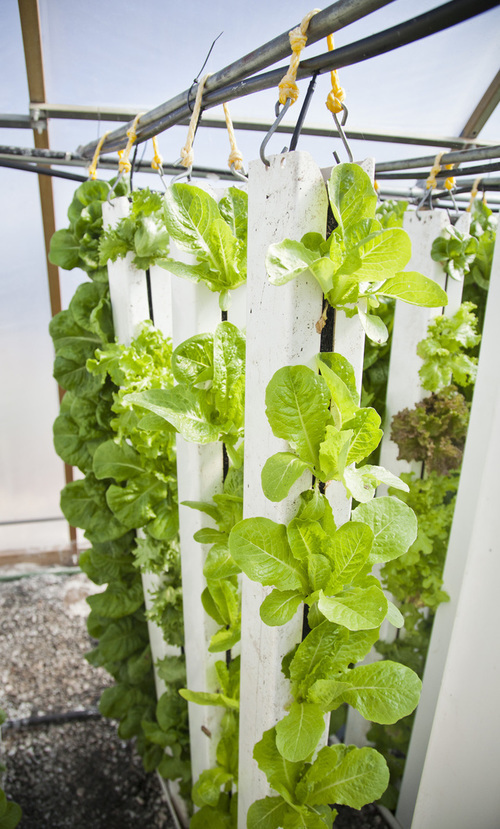As the human population continues to explode, the issue of food insecurity has become more concerning. This can be felt at the household level whenever a family is unable to consume nutritious foods because these are unavailable, inaccessible, and costly. It can lead to hunger.
Based on its 2020 report, the Food and Agricultural Organization (FAO) of the United Nations (UN) identified several other threats to food security, such as geopolitical conflicts, climate change, economic slumps, COVID-19 crisis, and locust outbreak in Africa. These factors certainly influence the continued existence of hunger, malnutrition, and uncertainty of food supply worldwide.
Global and regional efforts to resolve food insecurity
Many organizations have been engaged in programs, advocacies, and social policies aimed at addressing food insecurity in different parts of the world. Examples of these are:
- Feed the Future – a collaboration involving the United States (US) government, various private and nonprofit sectors, and other state governments to effectively address hunger and poverty in certain developing countries in Africa, Asia, and South America.
- Pacific Food Security Initiative – an undertaking by the Government of Australia to support the farming and fishing sectors in Pacific island countries
- Private Sector for Food Security Initiative – a financial endeavor of the European Bank for Reconstruction and Development (ERBD) to assist agribusiness projects of small and medium-sized enterprises (SMEs) across Central Europe and Central Asia
All these measures entail considerable amounts of private and public funds, but still these are not enough to ensure the sustenance of billions of people for years to come.
Community food security projects
The global drive to attain food security reflects the actions of communities that strive to make nutritious foods accessible to everyone and contribute to local economies in the process. The US-based Community Food Security Coalition (CFSC) and Canada’s Provincial Health Services Authority (PHSA) have enumerated several ways to make food security possible. These include setting up farmers’ markets, promoting community supported agriculture (CSA), food banks, and community and school gardens, among others.
The British Columbia (BC) Chamber of Commerce adds that the expansion of housing needs due to a rise in population and increased urbanization has resulted in the shortage of agricultural lands. Thus, vertical farming can serve as a viable alternative, for its space-saving feature and its potential for high production yields.
What is vertical farming?
Initially discussed in a 1915 book by Gilbert Ellis Bailey, vertical farming is a planting system that grows various crops like leafy vegetables, herbs, and microgreens in layers on a limited area at home, on a skyscraper, or on a shipping container. It adopts indoor farming methods and controlled environmental agricultural (CEA) technology, such as fertigation and devices to control light, humidity, gases, and temperature.
Vertical farming provides the following benefits:
- Saves energy and water
- Offers year-round of food production and availability
- Gives easy access to a free food source, negating food miles
- Creates jobs
- Reinvigorates urban spaces
- Promotes urban agriculture and agricultural innovation
- Protects the environment due to less carbon footprint and pollution
Hydroponic-run window farms and do-it-yourself (DIY) indoor farms are the current types of vertical farms that can produce food for every household.

